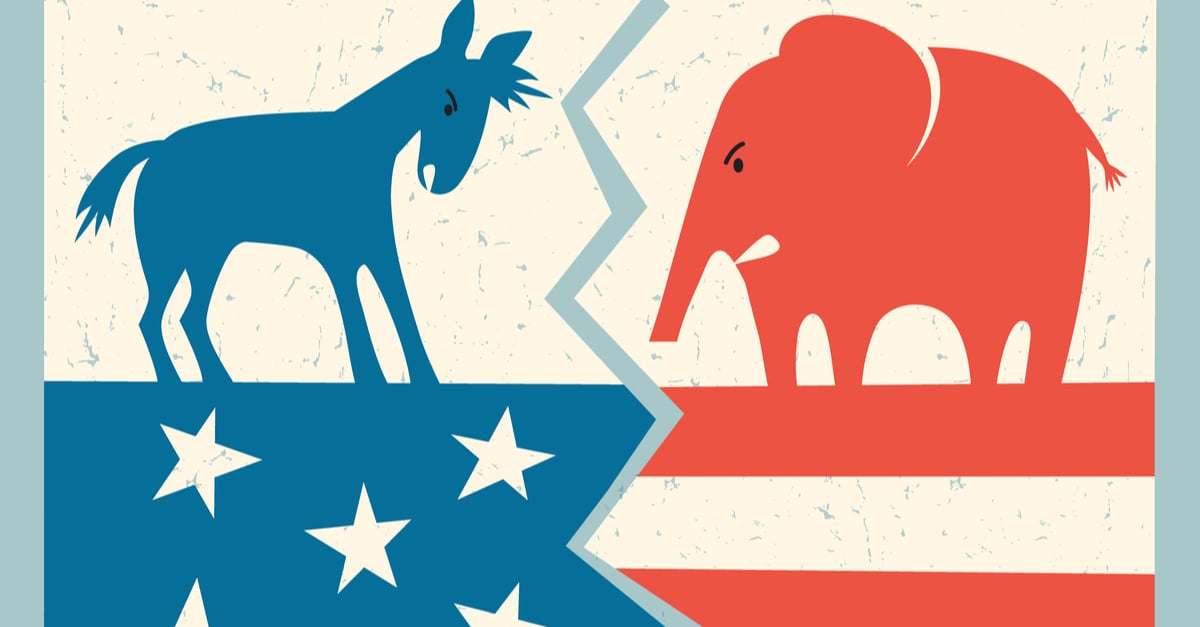Often occurring at workplaces, an active shooter incident entails an individual or group of individuals entering a populated area to kill or attempt to kill their victims, generally through the use of firearms. These incidents—sometimes called active shootings—have become increasingly common in the United States.
According to the FBI, the number of active shooter incidents jumped by 96.8% between 2017 (31 incidents) and 2021 (61 incidents). These incidents have also grown in severity, with 3 out of the 5 deadliest mass shootings in U.S. history occurring in the past decade.
Active shooter incidents can carry various consequences. These incidents often result in fatalities, serious injuries and prolonged trauma among those involved. Additionally, such incidents can leave lasting impacts on the locations where they occur, such as workplaces. Organizations that encounter active shooter incidents could face substantial recovery expenses, regulatory penalties and liability concerns, along with lasting effects on the work environment.
With this in mind, it’s vital for organizations to better understand active shooter incidents and how to protect against them. Today’s blog post outlines commonly targeted locations, explains how these incidents impact organizations, and highlights workplace considerations for prevention and response measures.

















